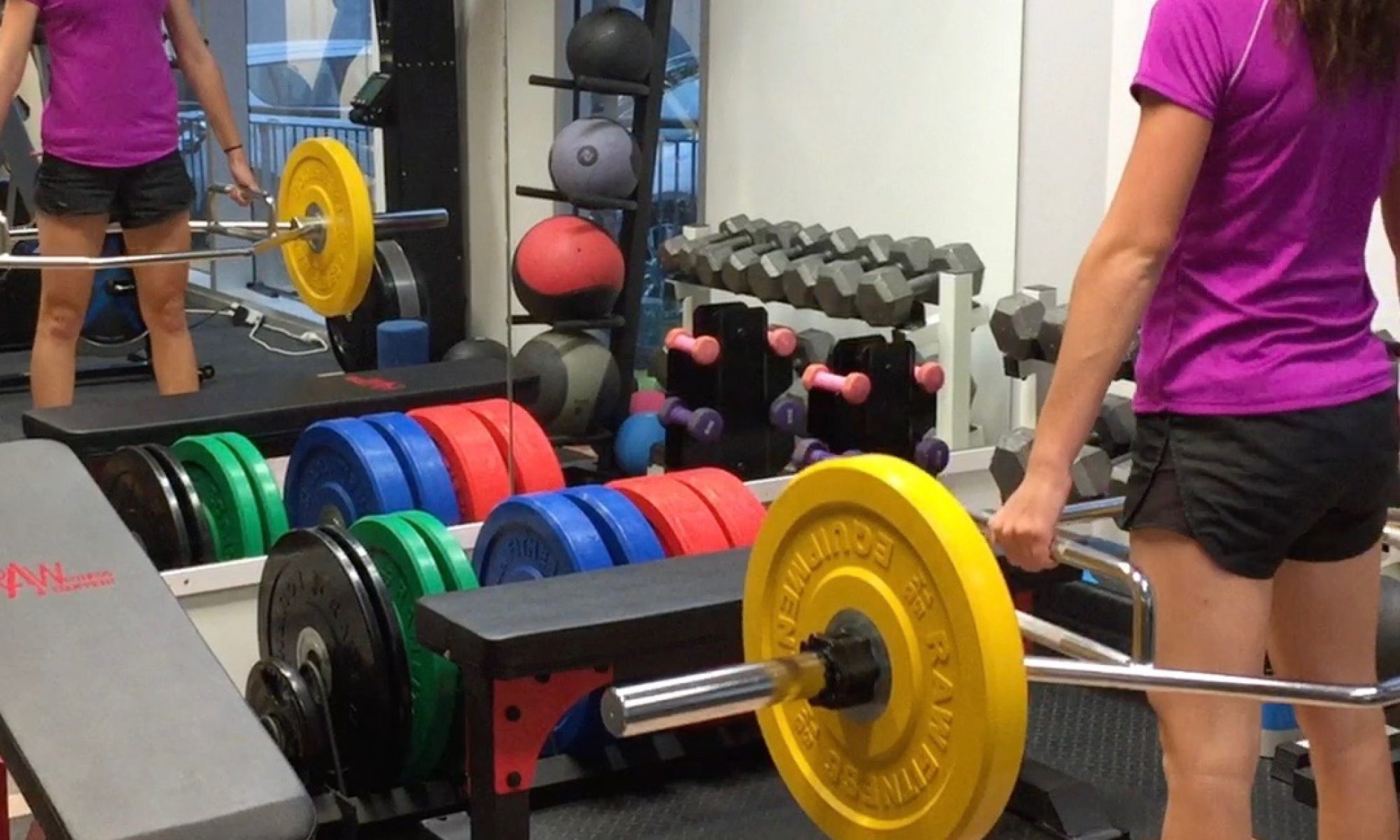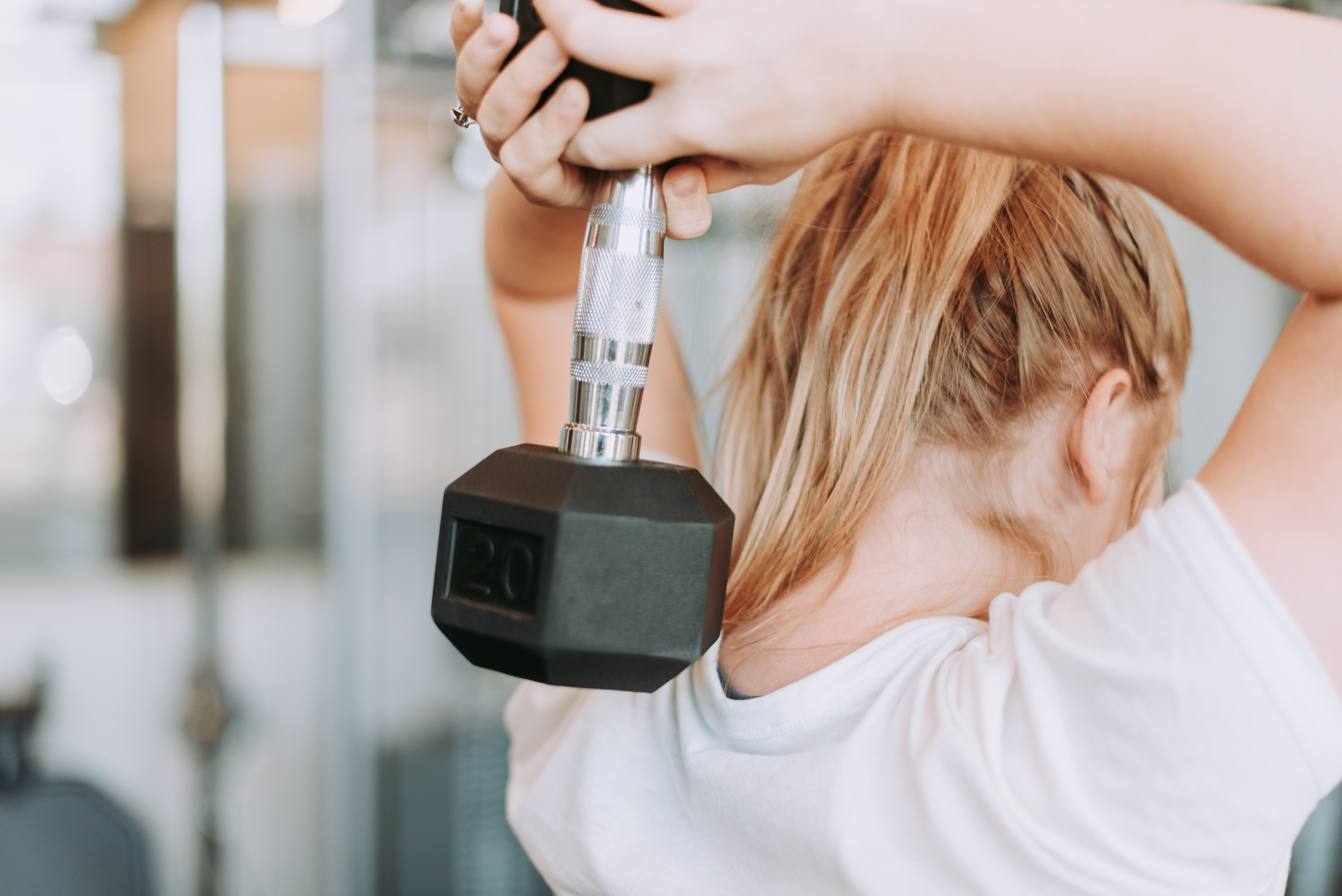How can exercise help me manage osteoporosis?
Osteoporosis is quite common in Australia, with approximately 1.2 million Australians estimated to have osteoporosis, with 1 in 4 women over the age of 75 diagnosed with osteoporosis.
Usually, any form of exercise is going to have a benefit for our health and wellbeing, but with osteoporosis, there are some forms of exercises that have better benefits than others in regards to bone health.
The goal for exercise to manage osteoporosis and to build bone strength is to load the bone. This is achieved through weight bearing exercises. The loading of the bone through your own body weight, such as skipping, jumping or stepping will load the bone to help build bone stronger.
Strength training is important to improve muscle mass and strength. Strong muscles lead to strong bones. Research has shown that regular strength training can assist in improving bone mineral density in those with osteoporosis or osteopenia. More benefits were shown when completing strength training at a moderate intensity, or at a minimum of 70% 1RM. The combination of the muscle action as well as the impact/loading forces are the mechanical forces acting on the skeleton and causing a response in the bone. Not only does strength training benefit bone health, but there are numerous other benefits such as pain reduction, improved ability to do activities of daily living, increased confidence and strength.
Research shows that combining load bearing/plyometrics and resistance training show the greatest benefits in bone health compared to strength training alone.
Balance training is the final pillar to be considered for exercise for osteoporosis management. As fractures are more likely for those with osteoporosis, falls prevention is a vital component in exercise management. Balance training can be activities such as standing on unstable surfaces (IE: foam) and holding different postures (IE: standing on one leg), or doing a combination of these doing another activity (IE: standing on foam whilst doing the quoits).
A combination of all 3 types of exercise will provide benefits for not only bone health, but overall health and wellbeing.
Sources:
Exercise Right, n.d. Strength exercise for osteoporosis. https://exerciseright.com.au/increasing-bone-strength-exercise-for-osteoporosis/
Healthy Bones Australia, n.d. Exercise and bone health. https://healthybonesaustralia.org.au/wp-content/uploads/2022/10/hba-fact-sheet-exercise-v3.pdf
Harvard Health, 2024. Strength training builds more than muscles. https://www.health.harvard.edu/staying-healthy/strength-training-builds-more-than-muscles


